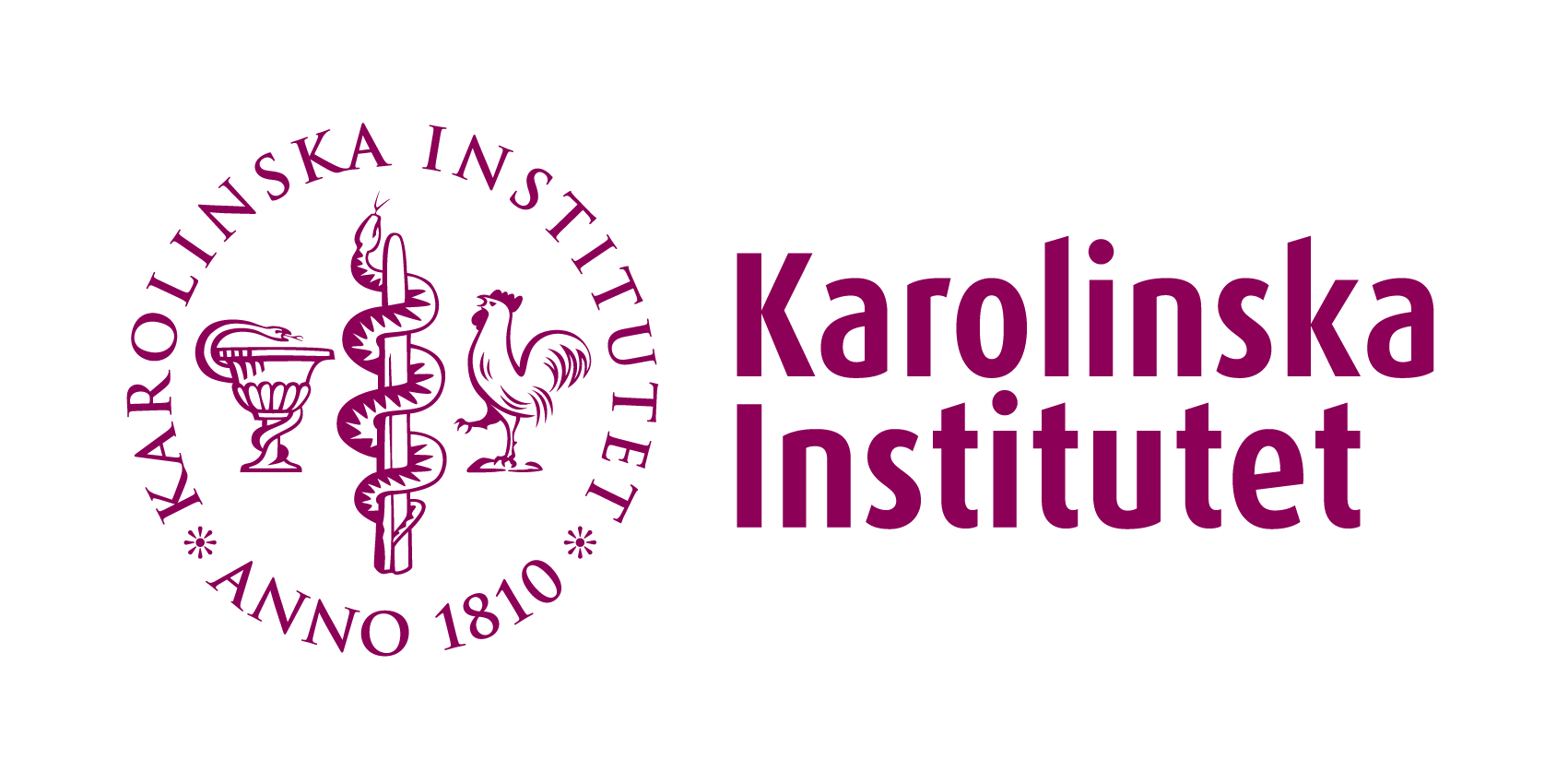What is CHEQ?
CHEQ is a questionnaire that captures children’s experience of using the affected hand in activities where usually two hands are needed.
In CHEQ you or your child answer questions about 27 activities that are presented in random order. You describe how independently the activities are performed, and if one or two hands are used in the activities. In addition there are three sub-questions about
- hand use;
- time use in comparison to peers;
- experience of feeling bothered while doing the activity.
The sub-questions are rated on a 4-level scale.
Who can use CHEQ?
Typically, it is the child’s occupational therapist who suggests that you or your child should fill in the CHEQ questionnaire. It is also the occupational therapist who is interested in the result.
CHEQ has been developed for children and adolescents aged 3-18 years. For children 3-8 the Mini-CHEQ should be used, and for children 6-18 the CHEQ can be used.
CHEQ has been developed for children who have functional limitations in one hand, due to hemiplegic CP, upper limb reduction deficiency or obstetric brachial plexus palsy (OBPP). The questions are asking about commonly performed activities where typically two hands are needed.
Older children and adolescents can answer the questions themselves. The parents can also answer the questions on behalf of the child or together with the child. We recommend that an adult helps the child if he or she is below 13 years of age. Some children may find it difficult to answer all the questions with due care.
CHEQ is available for use free of charge.
Why use CHEQ?
We who are working with treatment of the children’s hand function think that CHEQ can be used to:
- describe children’s bimanual performance;
- set goals for treatment;
- evaluate the effects of treatment.
How to use CHEQ?
CHEQ can be filled in directly on the Internet. When all of the questions have been answered, a report will be generated in pdf format. The pdf file can be printed or saved on a computer. Information is not stored anywhere else. Remember, the information will disappear if you exit the program without generating the report.
The questionnaire can be filled in at home before visiting the child’s rehabilitation services, or the hospital. The report can be handed over or sent by email to the person asking for the report. You can also fill in the questionnaire when visiting the occupational therapist.
How to interpret the report
The report will show how the children and adolescents handle activities that they usually manage to do by themselves, and which activities they need help or assistance to perform.
On the first page all activities are reported together with the ratings on all sub-questions.
On the second page, the results are reported in one pie chart showing how the ratings are distributed among the questions that ask about how the child performs the activity. The results on the other scales are transformed by means of Rasch analysis to a 0–100 unit scale placed on rulers.
The rulers demonstrate how the sub-questions are distributed:
- how the hand works;
- the time it takes for the child to perform the activity in relation to peers;
- how bothered the child is about the decreased hand function.
Rasch analysed data
The result in the report is only a summary of the ratings. The results are converted to logits by a Rasch analysis. The advances with Rasch analysis is that ordinal data is converted to interval data and can then be used for further statistical analysis.
How was CHEQ done?
The questions were selected after a careful review of the literature, existing tests and questionnaires, by expert opinion, and by group interviews involving children with unilateral hand dysfunction and their parents.
By this means we obtained a large range of activities, which we then reduced so as to include only those activities that were frequently practised and representative for the intended age group. Rasch analysis was used to test the validity of the questionnaire. The internal scale validity and the appropriateness of the rating scale structure were confirmed by this analysis. See publications.
Developed by
Annika SköldOT, PhD
Liselotte HermanssonOT, PhD, Professor
Lena Krumlinde SundholmOT, PhD
Ann-Christin EliassonOT, PhD, Professor
Ahmed AmerOT
Karolinska InstitutetDepartment of Woman and Child Health, Stockholm, Sweden



